The Anker Nebula Capsule Air is a 720p Coke-can-sized with features and performance exceeding Pico projectors several times its size.
Before the review, I want to position DLP-based Pico portable projectors.
Almost all are similar:
- Most use a Texas Instruments 720p or 1080p DLP chip.
- Most are 100-200 ANSI Lumens, which means they work best in darkened rooms
- They will project up to a 100” image out to about 2-3m, but the further the projection, the less brightness.
- They usually have HDMI in, USB-C, and some have Wi-Fi.
- 2-3 hours of battery life in eco mode is all you can expect
- A single mono speaker for personal use
The Anker Nebula Capsule Air Pocket Projector is different. It’s small and uses the Google TV (Android TV 11) operating system (with GTV remote control). It has the most streaming apps of all current TV OS, including all Australian and digital TV streaming services. Chromecast makes it even easier to cast content. It also has the Nebula Connect App for easy setup.
Note: This is not the Nebula Capsule 3 Laser, 1080p, 300 ANSI Lumens, with an RRP of $1799, nor the original Capsule (discontinued).
Australian Review: Anker Nebula Capsule Air Pocket Projector Model D4112 as at 10/2/25
| Website | Nebula Australia Nebula USA Product page (beware, this is US$ pricing) Manual |
| Price | $795 from JB- Hi-Fi (pre-order for March launch) Colours: Grey or White |
| From | JB Hi-Fi is the authorised retailer. Other sources are on the grey market and are not covered by warranty. It may be available on Nebula’s Official Amazon Store. |
| Warranty | 1-Year ACL and 30-day money-back guarantee |
| Nebula | Nebula is a small team of innovators and visual engineers at Anker dedicated to bringing the best entertainment experience to the home and outdoors. |
| More | CyberShack projector news and reviews |
We use Fail (below expectations), Pass (meets expectations) and Exceed (surpasses expectations or is the class leader) against many of the items below. We occasionally give a Pass(able) rating that is not as good as it should be and a Pass ‘+’ rating to show it is good but does not quite make it to Exceed.

First Impressions – small Coke-can size but punches above its weight
As a segue, back in 2022, I reviewed the Nebula Cosmos Laser 4K – finally, a mini-projector that sees the light, and I was impressed – that is not easy. This was a mini 4K projector capable of media room quality.
This time, it is a minuscule 140 x 68mm round x 650g, 720p, 150 ANSI Lumens pocket projector (must have wide pockets). I am impressed because it does things I have not seen in mini-pico-projectors. For example, a Time-of-Flight camera/sensor that projects a LED beam to measure real-time distance to the screen to provide fast autofocus and automatic keystone correction. Cheaper IR sensors don’t work as well. It is fully Google TV licensed, so Netflix knows what it is and can stream accordingly.
It is well made with a metal unibody and perforated 360° sound grill. Ports include HDMI 2.1 (1080p downscale to 720p), USB-C for charging and audio/video from compatible SSD/Flash drives, smartphones and PCs. You can use an external USB-C hub for passthrough charge, keyboard/mouse and playing content.
The top has a circular capacitive touch panel for navigation, volume control, and autofocus.
It has a handy ¼” tripod socket under and a clip-on 90° base to attach to a wall or ceiling. A range of accessories includes an RRP $120.99/109.00 battery bank tripod that adds two more viewing hours.

Remote – Pass+
It has a standard Google TV IR remote, as well as YouTube, Netflix, and Prime presets. It is good to about 5m.
It is backlit (good) and can summon Google Assistant. Read voice commands for Google TV.
App – Pass
You can set the Anker Nebula Capsule Air to display a wall clock (with several design variations), snapshot backdrops or six videos to create an atmosphere wall (such as a repeating scene of an ocean shore).
The App does not do much other than power on/off, use the back arrow and D-Pad controller, and bring up an onscreen Google keyboard.
Placement and uses
While we would all like a 4K or 1080p projector, this provides a great 720p image from a Coke-can-sized device at 1.3-2.6m.
It is perfect for individual use and can project onto the ceiling, be wall-mounted or sit on a desktop. But remember, it needs to be in a room with less ambient light than the projector light.

TI DLP technology
DLP Pico technology is a micro-optical-electro-mechanical system (MOEMS) that modulates light using a digital micro-mirror device (DMD). Each micro-mirror is a pixel on the screen and is independently modulated (moved). Pico DLP is not just for projectors – table lamps, lights, picture frames, displays, and more.
It uses a Texas Instruments 640 x 320 mirror array dithered to 1280 x 720p, DLP160CP DMD (Digital Micromirror Device). It is a good match for the projector’s size and heat dissipation.


Unlike most DLP Pico projectors, there is no rainbow effect.

Light source
The light source is an RGB LED, which outputs 150 ANSI Lumens—the brightness of a 50” diagonal screen (which reduces as the screen gets larger). This is not a BS marketing measurement, like 900 LED lumens and 375 Light Source lumens, which are quoted with impunity by less ethical makers.

Lamp life is up to 30,000 hours or 20 years at 4 hours a day. Of course, this is the maximum ‘eco’ life, and 10 years is more realistic.
150 ANSI lumens is meant for rooms with <150 lumens,
You can read more about lumens measurement here.
How does it look?
We tested in low office light, 200 lux (typical office light is 400 Lux), and a darkened room <20 lux on a neutral screen. Images are shown at 20 lumens unless specified. Any keystone is more due to the camera or screen irregularities.
We cannot measure colour gamut or contrast for projectors (as the measuring probes need a backlit image like a TV), so this is a subjective appraisal.


Colour accuracy
It is an 8-bit/16.7 million colour with 70% of the Rec.709 sRGB colour gamut, which is the standard colour gamut for SDR TV and provides lifelike colours for projectors.
There are four preset video modes – standard, movie, conference (brighter at the expense of colour accuracy) and custom (contrast, colour saturation, sharpness, colour temperature, wall colour, and gamma).
Gamut: The primary colours, Red, Green, and Blue, are accurate. The 70% sRGB gamut applies to secondary colours.



Uniformity
Uniformity is 27% across the nine measurement points (3 x 3 grid), and this is reasonable given that it does not exhibit any hotspots. Uniformity is best when the projector is at right angles to the screen. Below shows it a 45° off centre that shows a brighter left side.

Gradient – Pass
Any 8-bit device will have colour bands, This is acceptable.

Brightness – Pass for dark rooms
We have seen many DLP projectors and know how these perform – what the upsides and downsides are. Upsides – allows for lower-cost, smaller projectors. Downsides – single-chip colours are never as good as 3LCD and washed out unless you have a darker room. That is all Pico projectors, so don’t let marketing hype tell you otherwise. These should not put you off but make you aware of their limitations and best use. We will highlight these in the review.
According to Texas Instruments, minimum ANSI image brightness (at the screen – not the LED or lens)
| Dark Room | Dim Room | Lit Room | Bright Room | Outdoors | |
| Environment | All lights turned off <40 lumens | Soft lighting at night <300 lumens | Office Light 400-800 lumens | A well-lit room with windows and indirect daylight of 1000-1600 lumens | Indirect sunlight (shade) 1800+ lumens |
| Suggested image brightness at the screen | 50 nits | 100 nits | 200 nits | 300-400 nits | 600+ nits |
The Anker Nebula Capsule Air can defeat darkened 200 lux rooms.
Contrast – Passable
Contrast is the ratio of white to black – how much brighter white is than black. The ratio drops steeply if you don’t have pure black (more of a grey). We can’t recommend it for movies and TV with dark scenes.
Contrast: Approx. 1000:1 but washes out in higher light. There are no deep blacks – not expected.



Throw: 1.2:1
| Screen Size diagonal | Projector to screen |
| 50” | 1.33m |
| 60” | 1.60m |
| 70” | 1.86m |
| 80” | 2.13m |
| 90” | 2.39m |
| 100” | 2.65m |
We tested at 50 to 100”, and the sweet spot is 70-80”.

Screen Type
You need a 16:9 projection surface, which has the same aspect ratio as a TV. The screen type also impacts image brightness, as different surfaces have different reflective characteristics.
Most wall surfaces (painted walls and cotton sheets) have negative gain (one lumen in results in <1 lumen out and sucks the life out of the image), so you need a neutral (1:1) or positive gain surface. Trust us when we say the better quality screens for media rooms cost several thousand dollars.
Some projectors have settings for different wall colours—this is in the Custom settings. If you want the best image, you need to buy at least a neutral gain screen. You can get a tripod screen at Officeworks.
Autofocus and keystone correction – Pass+
The ToF sensor is fast and highly accurate able to correct up to 45° off angle. I won’t say it is 100% accurate all the time, but a quick press of the remote focus button gets it right.
I love that you can have a 45° angle offset, and the snap on base helps position it.

Hardware specs
- MediaTek MT7332 SoC 1.45GHz quad-core
- ARM Mali-G52 MC1 800MHzGPU with Bifrost architecture
- 1280 x 720p @60Hz 213dpi
- 3-axis accelerometer, 3-axis gyroscope, game rotation vector, gravity sensor and linear acceleration sensor
- 2GB RAM and 16GB eMMC storage for the OS and Google TV apps
- Wi-Fi AC 2.4/5GHz
- BT 5.1 Tx/Rx (can be used as a BT speaker or add a keyboard/mouse)
- Noise: <30dB
- ToF LED autofocus and keystone adjustment.

Battery – Pass
It has a 34W battery and a 20V/2.25A/45W charger, which also does PD 3.0 5/9/12/15V at 3W. Charge time is <3 hours, and you can use it as you charge.
The maximum power draw was 37W, but we found it was around 24W for normal use.
Nebula claims up to 2 hours in Eco mode. We got about 1 hour and 20 minutes in standard mode.
Sound – Pass
It has a 5W, 360° omnidirectional, up-firing speaker. It can decode and downmix to mono PCM and Dolby Audio up to 5.1 channels.

It has no low or mid bass and is slowly building high bass. It is flat from 200Hz to about 5kHz, so it’s more for clear voice than music. It then dips, and the mid- and high-treble are quite harsh. That is all you can expect from a micro-speaker. It is fine for personal use, but you could add a Bluetooth speaker for more fidelity.
We tested audio/video over HDMI, USB-C and Bluetooth, but the sound signature remains constant at Mid: (bass recessed, mid boosted, treble recessed) – for clear voice.
Maximum volume is 80dB, but back off to 75dB to reduce distortion.
CyberShack’s view: Anker Nebula Capsule Air Pocket Projector D4112 is perfect for what it is – the world’s smallest Google TV Pico projector
While we all want 4K and thousands of lumens, this is what it is – a Coke-can-sized, Google TV, 720p projector that punches above its weight for a reasonable price.
If you want 1080p, then be willing to spend much more and get the $1799 Laser Nebula Capsule 3 Laser with 300 ANSI Lumens and Google TV.
Anker Nebula Capsule Air Pocket Projector D4112 ratings
To maintain fairness, this is rated as a 720p DLP Pico projector, as comparisons with 1080p or 4K are irrelevant.
- Features: 85 – Google TV in a can! Backlit remote and excellent autofocus and keystone correction.
- Value: 85 – Competitively priced
- Performance (dark room): 75 – the darker the better
- Ease of Use: 85- Plug and play. Google TV makes it easy with more streaming channels than any other TV OS.
- Design: 85 – Superb design right down to the removable base and tripod mount.
CyberShack Verdict
Anker Nebula Capsule Air Pocket Projector D4112
$795


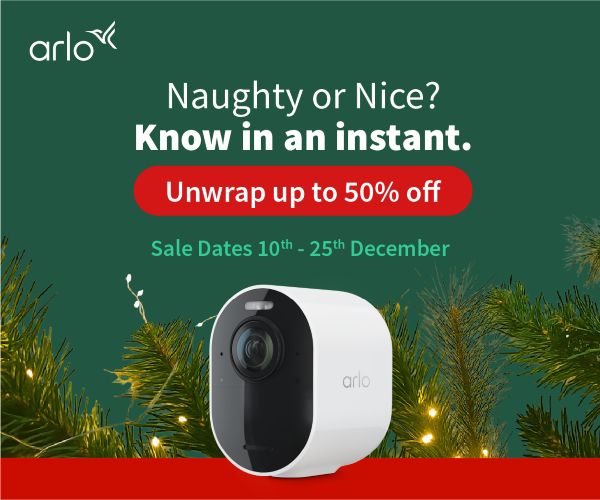
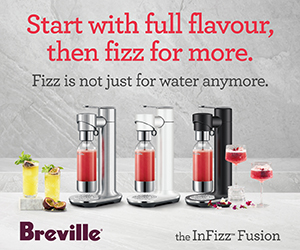
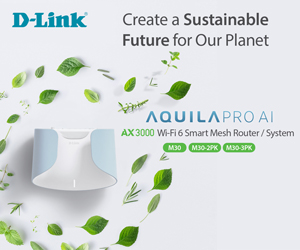
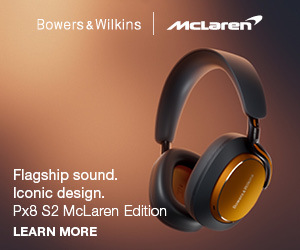
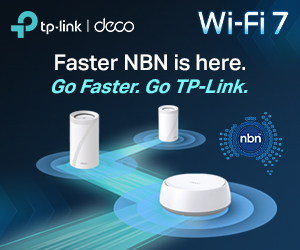

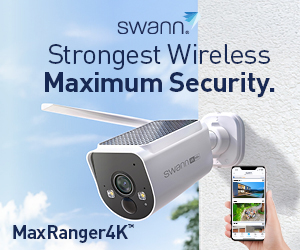


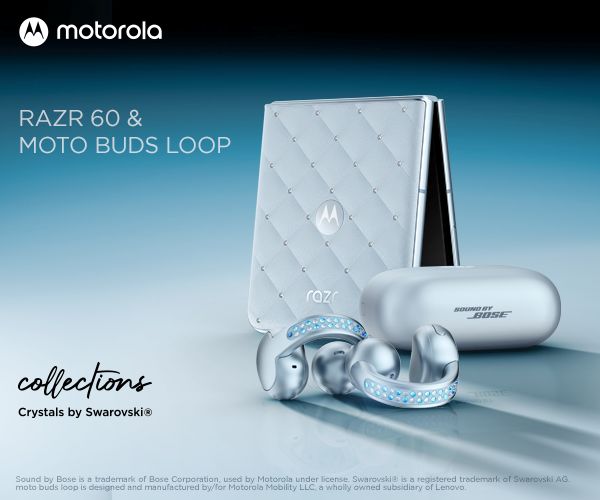
Comments